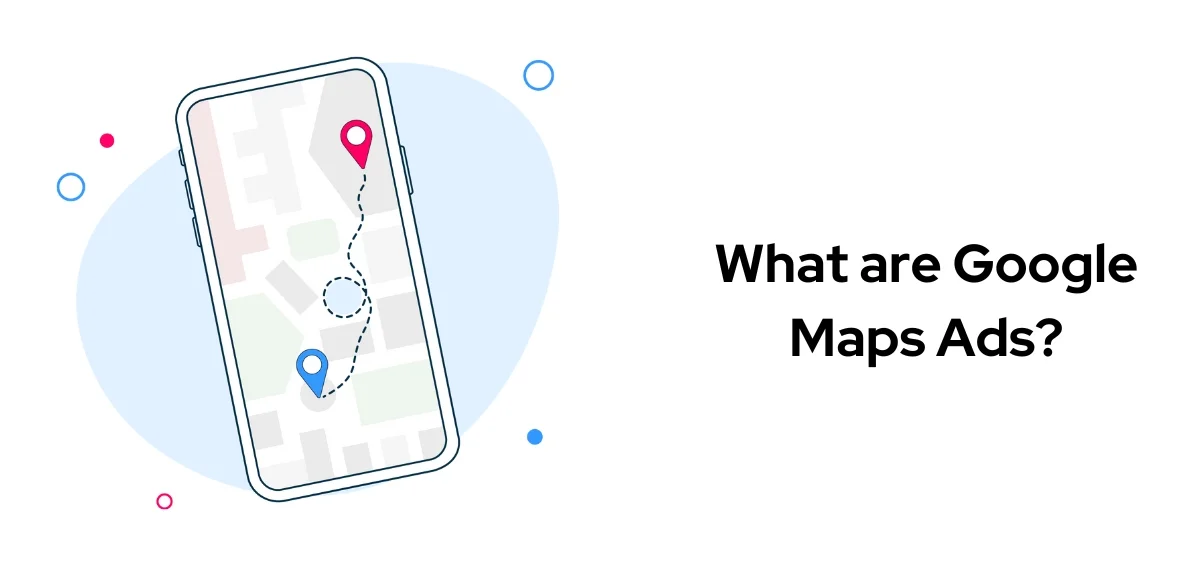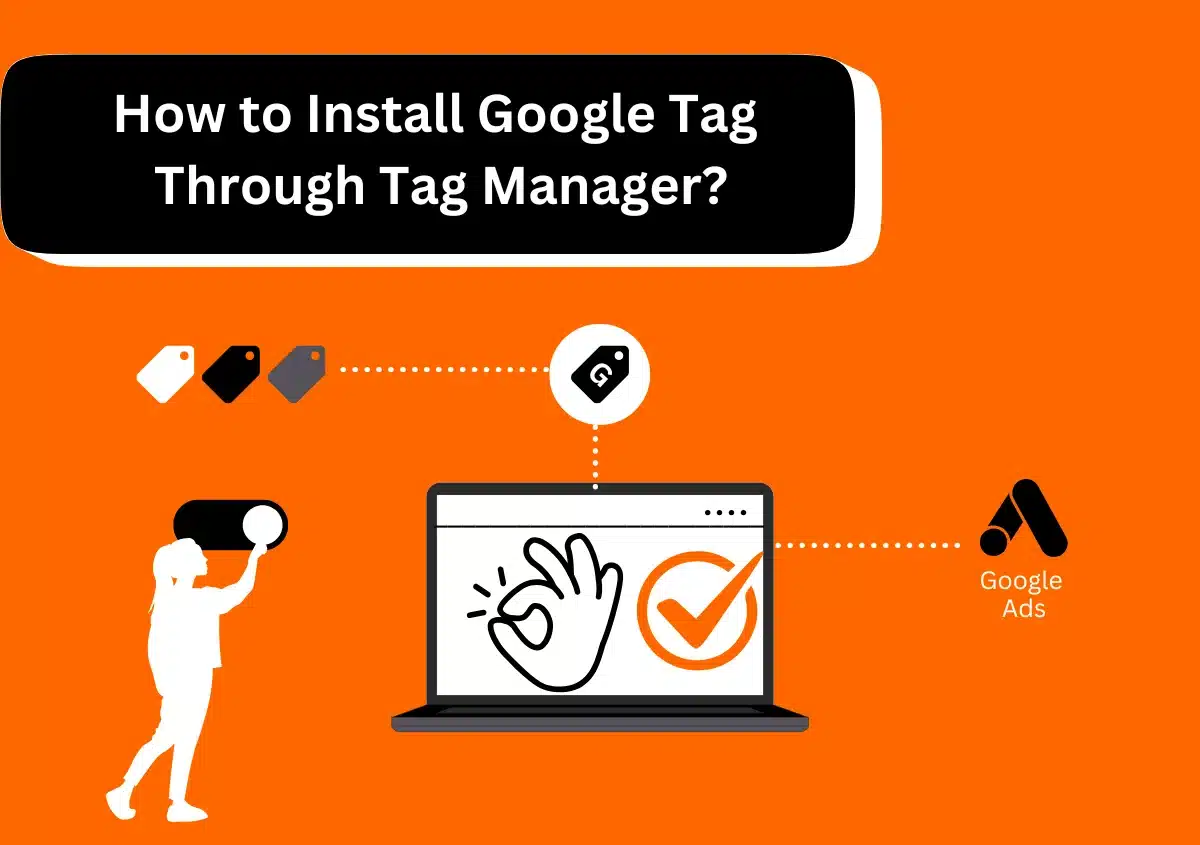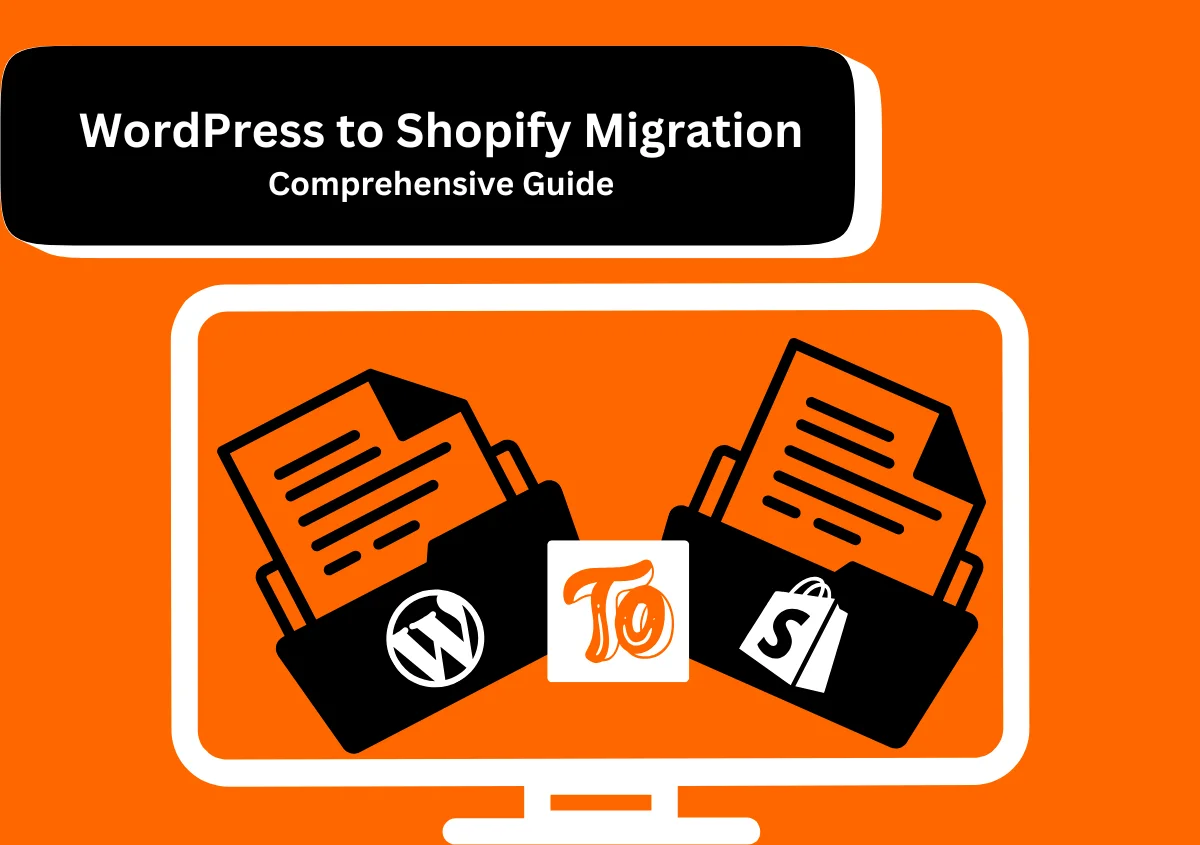Are you familiar with the phenomenon of companies being featured at the top of the results when you use Google Maps to look for a local restaurant or plumber? These are Google Maps Ads, a valuable marketing tool that local companies may use to reach prospective clients who are actively seeking their goods or services in the surrounding region. These tailored advertisements have the potential to greatly raise the exposure of your company, therefore attracting vital foot traffic and increasing conversions. Additionally, more customers than ever before are utilizing Google to assess small companies in their immediate vicinity.
What are Google Maps Ads?
Google Maps Ads give advertisers the ability to target customers based on their proximity to a physical place or their search queries linked to certain companies or services. Running advertisements on Google Maps is a fantastic chance for your business to increase its visibility in the local community. A local search ad is a tailored advertising that displays in search engine results pages (SERPs) when a user searches for a product, service, or company that has a physical presence within a certain geographic region.
Why Should I Use Google Maps for Advertising?
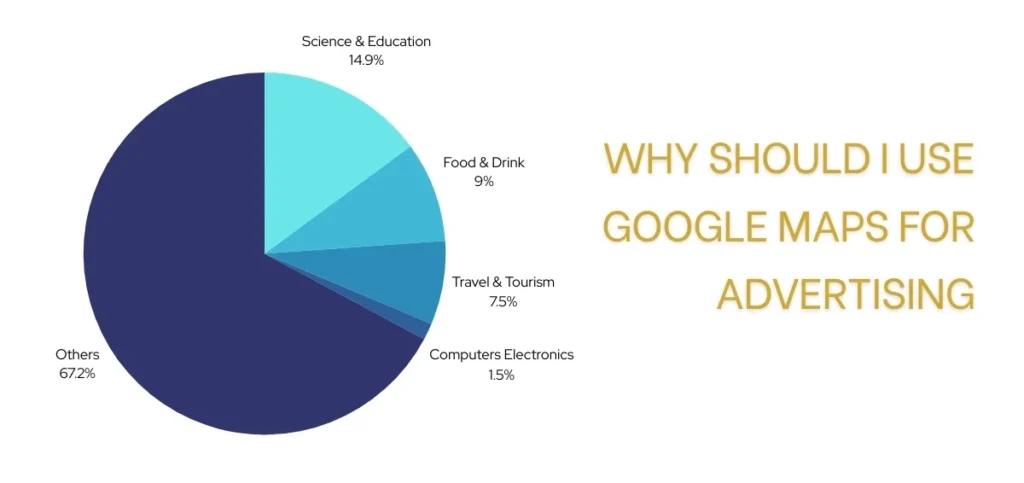
When it comes to focused local marketing, Google Maps advertising is exceptional. It allows you to interact with prospective clients who are actively looking for companies in the area that are similar to yours. The first thing to note is that Google Maps has a large user base, with millions of people all around the globe depending on the platform for navigation, exploration, and discovery. In a single year, Google searches direct users to 1.5 billion different locations using its search engine and Google Maps.
Understanding the Mechanism of Google Maps Ads
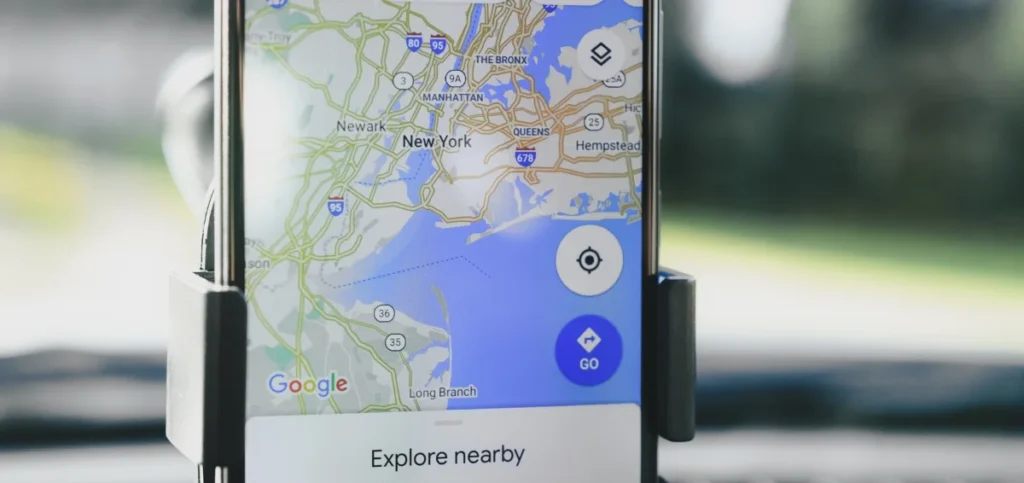
Within the Google Maps interface, appropriate adverts are shown to users by using location data and user intent signals. This allows Google Maps Ads to function. The local search advertisements that are available on Google Maps make it simple to put your business on the map. If you make an advertisement, it will be able to appear in three different places: mobile Google search, the Google Maps app, and the desktop version of Google Maps.
Unlocking the Advantages of Google Maps Ads
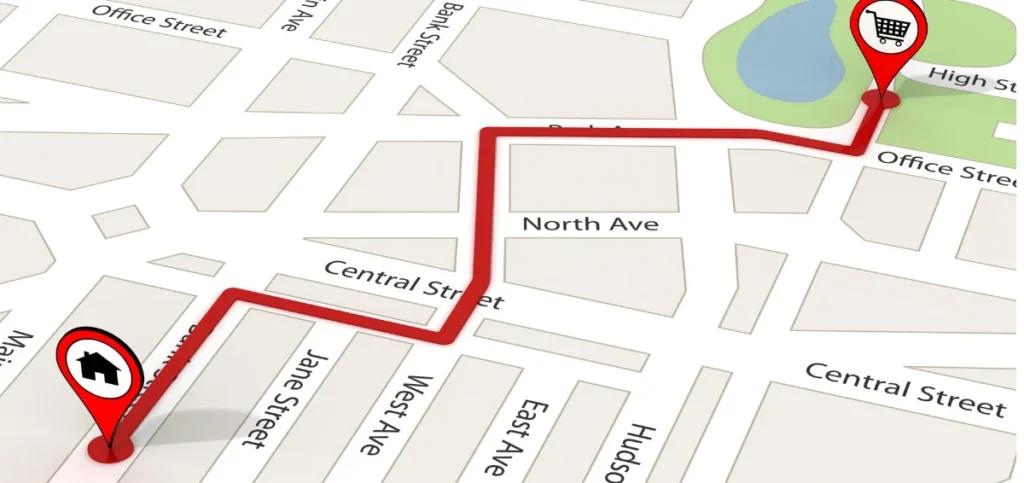
When it comes to attracting the attention of customers in today’s digital world, small companies confront intense competition. Utilizing Google Maps Ads is a strong option that may unleash a treasure trove of possible advantages, including the following:
- Increased Visibility: Your company will get a considerable amount of exposure by placing prominent advertisements on Google Maps, which is used by more than one billion people every month.
- Targeted Reach: To ensure that your message is delivered to the most relevant and responsive audience possible, you target people who are actively looking for what you provide in your immediate neighborhood.
- Drive Conversions: The conversion rate of Google Maps Ads is higher than that of more general advertising methods since they target visitors who have previously shown interest in your sector.
How to Initiate Advertising Campaigns on Google Maps?

Are you prepared to take advantage of the power of Google Maps Ads and communicate with local consumers who are actively looking for your company? To get you started, here is a simple tutorial that walks you through each step:
- Claim and Optimize Your Google My Business Profile: Make sure that your Google My Business profile has been claimed, and confirmed, and that it has all of the necessary information.
- Create a Google Ads account: Go to Google Ads and create a new account.
- Choose Your Campaign Type: You may choose from a variety of campaign kinds when using Google.
- Target Your Audience: You should determine the demographics that are relevant to your target consumer as well as the geographic region that you wish to reach.
How much do Google Maps Ads Cost?
The calculation of the cost of advertisements on Google Maps does not have a straightforward and universally applicable answer. Google Ads makes use of a complicated pricing system that is subject to change based on several different criteria.
- Industry: The degree of competition that exists within your sector is a crucial factor that plays a part in deciding the cost of each Google Maps advertisement.
- Keywords: Increasing the amount of competition for popular keywords that have a large search volume often results in higher cost-per-click (CPC) prices.
- Auction-based System: For ad placement, Google Ads uses an auction-based system, which means that companies compete with one another.
Some factors, including regional competition, could affect the cost per click (CPC). Nonetheless, by 2024, Google Ads may cost an average of $100 to $10,000 each month.
Read also: Google Search Ads Campaign Setup
Changes to Google’s Local Search Ads
The Google local search ad environment is not static. Recent Google Local Search Ads developments include: Google has conspicuously prioritized the user experience in recent changes, which are designed to offer more relevant, helpful results to its users. Smart Shopping and Local campaigns also moved into Performance Max in 2022. Google My Business (GMB) continues to be increasingly important and a must-have in local search ads. An accurate, well-optimized Google My Business page impacts ad ranking and trust with a user. Google’s use of AI is aiding with ad targeting, creative testing, and performance tactics. The Google Marketing Live 2023 event offered attendees a glimpse at Google’s AI, which might one day aid you in creating winning keywords, headlines, descriptions, images, and more.
Final Thoughts
Google is making quite a few changes to its local search advertising as it strives for greater relevance, user engagement, and better performance. This is all par for the course in Google’s ongoing efforts to improve its ad platforms for both its users and businesses. Smart Shopping and Local campaigns were just some of the marquee platforms dragged under Performance Max for advertisers to test out new automation, data, and inventory. Integrating with Search and Maps on the platform, along with visual elements and mobile optimization, are some new features of the space. Businesses wanting to stay competitive in Digital Marketing and exploit the power of Google local search ads must figure out how to deal with these changes.

